Five Packing Questions to Ask Your Alibaba Supplier Before Placing an Order
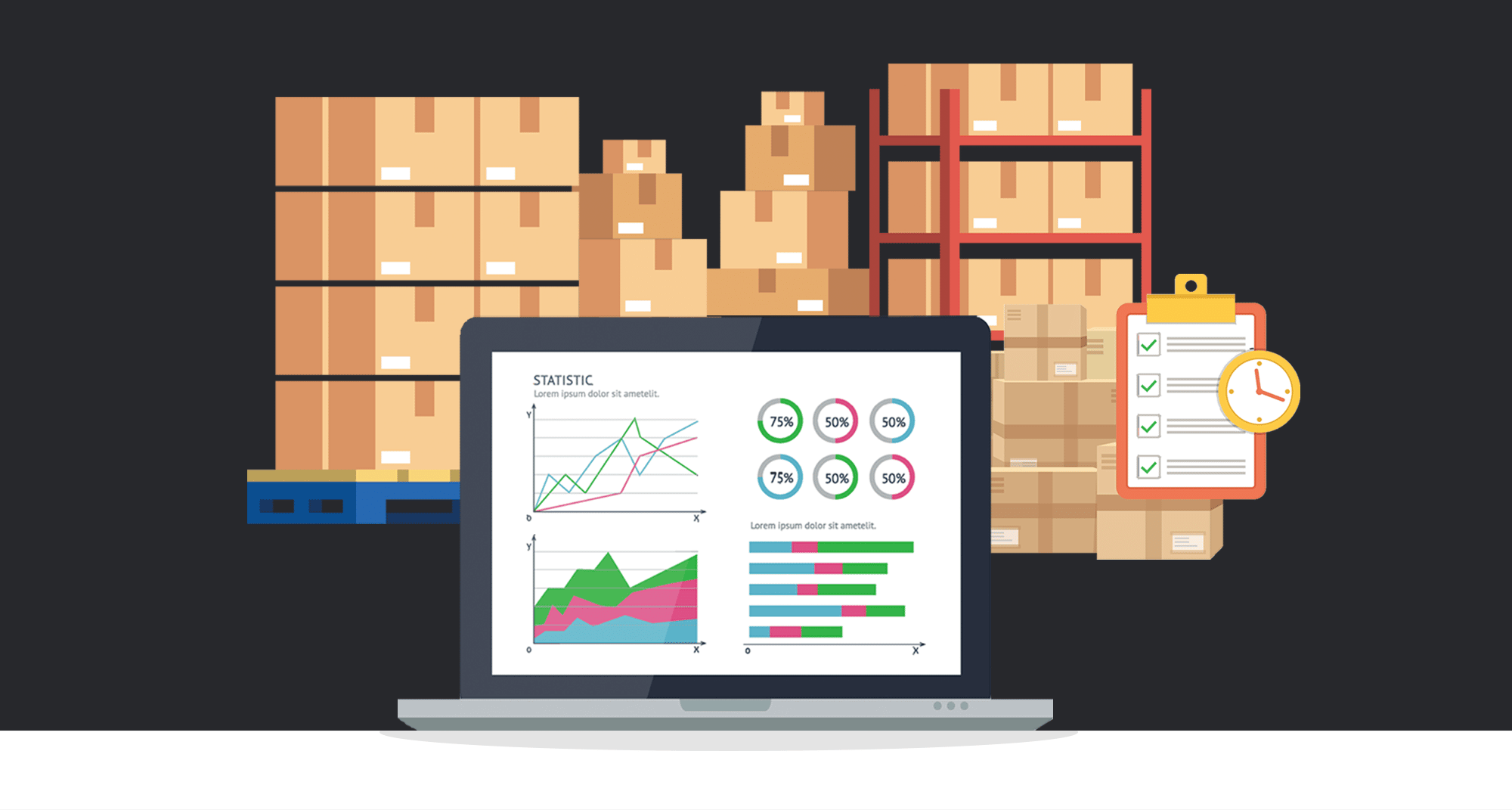
The actual packing and labeling of your items are critical when importing from China. In this article, we'll discuss five questions you need to ask yourself and your supplier in regard to the packing and boxing of your products. Note, this isn't a discussion on packaging, i.e., in the marketing context, which is a completely different topic.
Related Podcast: E330: Focusing on Logistics to Increase Profitability
Aside from there being certain requirements to make sure you meet customs regulations (i.e., clearly marked packing lists, country of origin, etc.) there are direct benefits to you as well. For example, you want your items packed in such a way to avoid breakage, you want the optimal carton sizes to reduce freight costs (both inbound and outbound), and you want your items packed in such a way that they're easily identifiable to you but not necessarily identifiable to thieves and other unsavory individuals.
I should preface things by saying that I am by no means a packing expert, but I can share with you some of my experiences over the years.
What Is an Inner Carton and What Is the Size and Weight of Each?
The inner carton is basically the box that each individual item comes packed in (the master carton is the box that contains all of the inner cartons – more on that later). If you're designing your own packaging, you dictate the size and weight of each carton. But if you're using your supplier's packaging, your supplier determines the dimensions and weight of each package, unless you request otherwise.
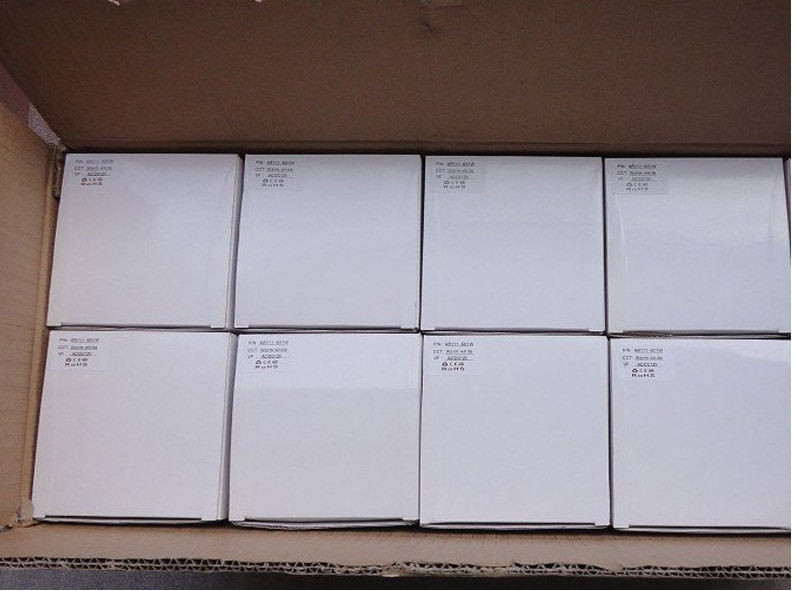
Having inner cartons that are unnecessarily large can cost you a lot of money. You can save so much when you make changes to your package's dimensions. We've all felt the pain at some point of being put into an oversize category with a shipping carrier like UPS or FedEx because our product was an inch too long. With Amazon FBA, these dimensions are arguably even more punitive and it's critical to avoid Amazon FBA's oversize categorization (specifically, the 18″ rule).
Below is a picture (I've pixelated out the item) and a real-world example of reducing the size of the inner carton for an item. We order several size variations of the particular item shown in the picture below. The Supplier was using the same inner carton for all of the items, meaning that there was significant space in the box for the smaller items. We were able to shave over 2″ off the width and length of this box, which saved nearly $1 on each UPS ground shipment.
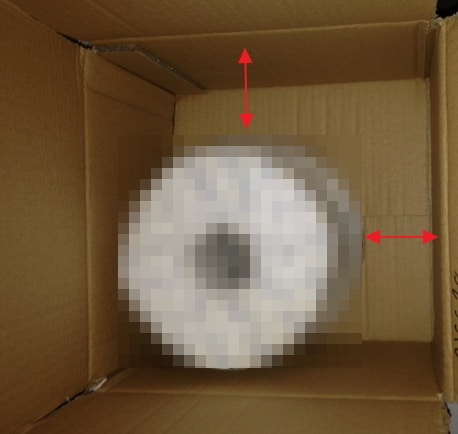
Weight is rarely negotiable, but it's important to ask your supplier the weight of each carton for cost estimates (specifically shipping estimates, see below) otherwise you may get burned by receiving a product that is far heavier than you estimated.
Normally, suppliers are quite receptive to any packaging and packing suggestions. However, there are times when you may not be able to have much say in the dimensions of your inner cartons such as the following:
- If the item is packaged to maximum efficiency, then there may not be room for improvement.
- If your order is so small that any carton modifications are not worth it to your supplier.
- If your supplier is using a wonderful full-color carton (which they're generous enough to include for you for free) then they won't do an entirely new print just to appease you (unless you're ordering a large amount).
What Size and What Weight Is Each Master Carton? How Many Items Are Packaged Per Master Carton?
Typically, small and medium-sized items are packaged in a larger master carton (also called an outer carton). This master carton helps to protect the inner cartons and also helps to make warehousing and shipping easier/cheaper.
The size and the weight of the master carton is largely dictated by the size of the inner cartons. But, once again, for getting cost estimates, it's important to know what size and weight each master carton may be to avoid getting surprised. Having master cartons that are too heavy and too large may push you into oversize shipping categories with carriers like UPS and FedEx. Having master cartons that are too small may result in you having to create more shipments than necessary.
How many items are packaged per outer carton is arguably an even more important consideration than the weight and size. For my company, we wholesale to a large retailer, and they won't purchase more than 5 of an item to a particular location on the first order. Unfortunately, one of our products is shipped with 6 items per master carton so we're forced to remove a box from each carton. The same goes for Amazon FBA: your widget might come in 100 to a box, but you don't feel comfortable sending more than 50 units to any one FBA distribution center.
How Much Will It Cost to Ship Each Inner Carton/Outer Carton?
The first two questions in this article were largely alluding to this question: how much will it cost to ship each inner carton and outer carton?
One of my first mistakes when importing was when I purchased a shipment of products which each weighed around 10 lbs. I put all of my shipping estimates via UPS at around $10-$20. Little did I know until I receive the products that the items were packaged in extremely LONG boxes and the actual freight costs were closer to $40-50 due to having a billable weight much greater than the actual weight. I never make the mistake of waiting to receive a product from my Supplier before calculating the average shipping cost of that item.
If you're unfamiliar with billable weight (also called dimensional weight), most carriers have a calculation they use to determine the billable weight of an item (basically meaning that large items get billed at a higher rate). For UPS, as of 2016, it is Length x Width x Height / 166 (Bonus tip: if you're shipping large volumes with UPS/FedEx you can negotiate with your rep to get a higher denominator than 166, resulting in cost savings to you).
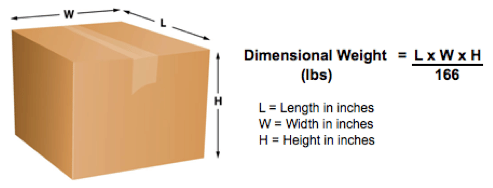
You can avoid the mistake of underestimating your costs by asking yourself a few questions:
- What is the billable weight of each item?
- How much will each inner carton cost to ship via UPS (or another preferred carrier)
- How much will each outer carton cost to ship via UPS (or another preferred carrier)
- If using Amazon FBA, how much will the FBA Fulfillment fees cost?
What Are Carton Markings?
Carton markings are simply the markings that you see on the outside of master cartons as shown below:

You can ask your supplier to include almost anything on the master carton that you want. In addition to accommodating your specific requests, most suppliers will also include the following by default:
- Gross weight
- Net Weight
- Box measurements
- Quantity
- Supplier SKU
- Box # (i.e. Box 3 of 10)
Other markings you should consider including which will make your life easier are:
- Your company name (avoids your products being mixed up with another company at any point in the logistics chain)
- Your SKU (opposed to the Supplier SKU – makes it easier for you and/or warehouse staff to identify)
- Country of origin (not normally required on the master carton although IMO it reduces the chances of an overzealous customs inspector checking for country of origin markings on the actual product packaging)
- Instructions to your supplier that all markings must be in English (you would be surprised how often a supplier includes mysterious Chinese characters)
Your supplier should ask you what you would like your carton markings to be. If they don't, simply make a formal request.
How Are Items Packed for Shipping (both LCL and FCL Shipments)?
If you're shipping a full container load (FCL) how are your items packed? Are they floor-packed (meaning they're stuffed into the container without any pallets) or are they packed on pallets? Pallets will make unloading the container quicker and easier, but you'll lose space.
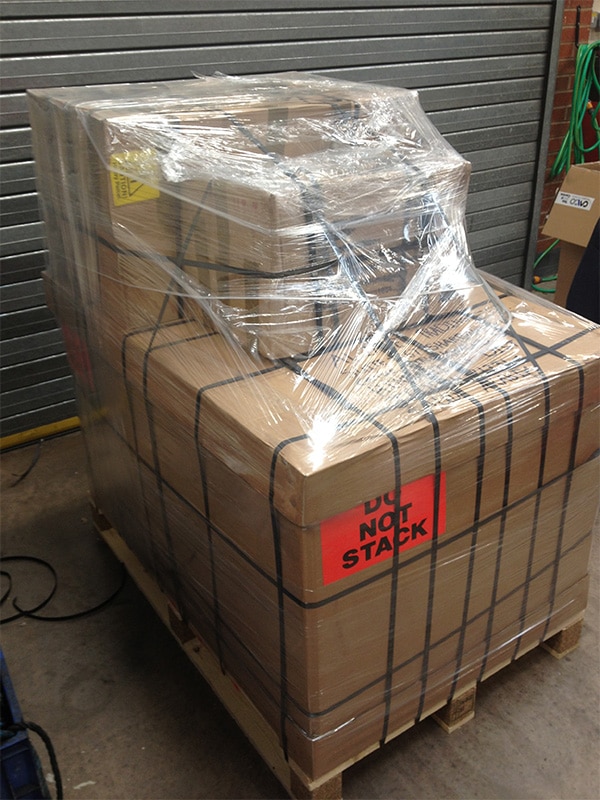
If you're shipping via LCL, your items are almost certainly packed on pallets. How are the pallets packed? Are they wrapped in shrink wrap? Are they strapped? What are the dimensions of the pallets? What type of pallets are used?
Learn more about Amazon pallets here: How and Where to Buy Amazon Return Pallets.
Renaud Anjoran also has some excellent other tips for packing considerations on his blog here.
Conclusion
When it comes to the packing of your items, like many things when importing from China, the quality of the output is largely the result of being proactive with your supplier and having firm checks in place to avoid confusion, oversights, and/or plain negligence. Simply asking the five questions about packing can help both you and your supplier to avoid any potential problems with the packing of your shipments.
Have you had any horror stories when it comes to the packing of your items? Do you have any other tips to avoid unnecessary problems? If so, share them in the comments section below.
For a more detailed guide on everything about importing from China, we have a free book for you.
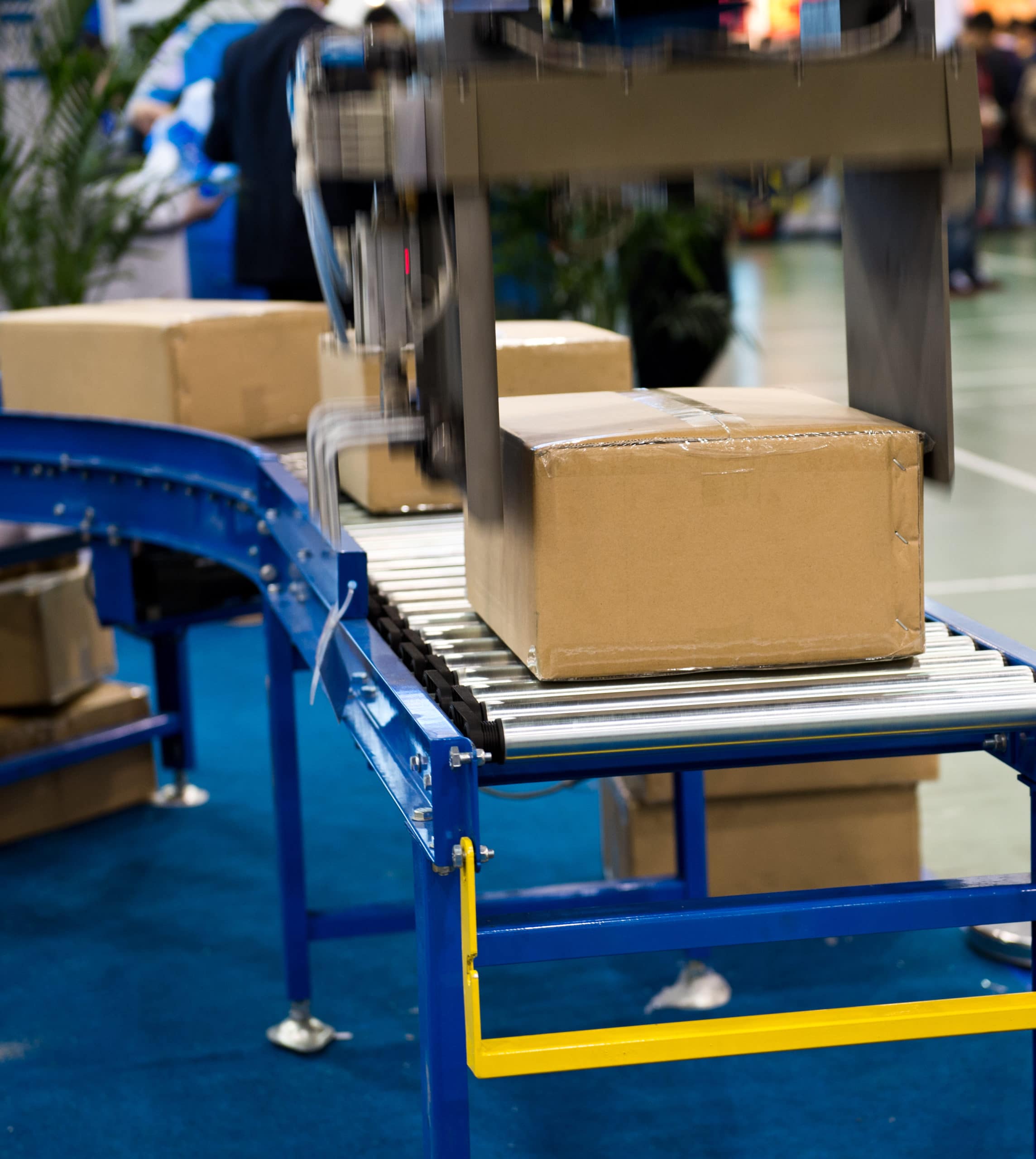




Great post! Are there specific companies you like to work with for ocean freight?
Yes.